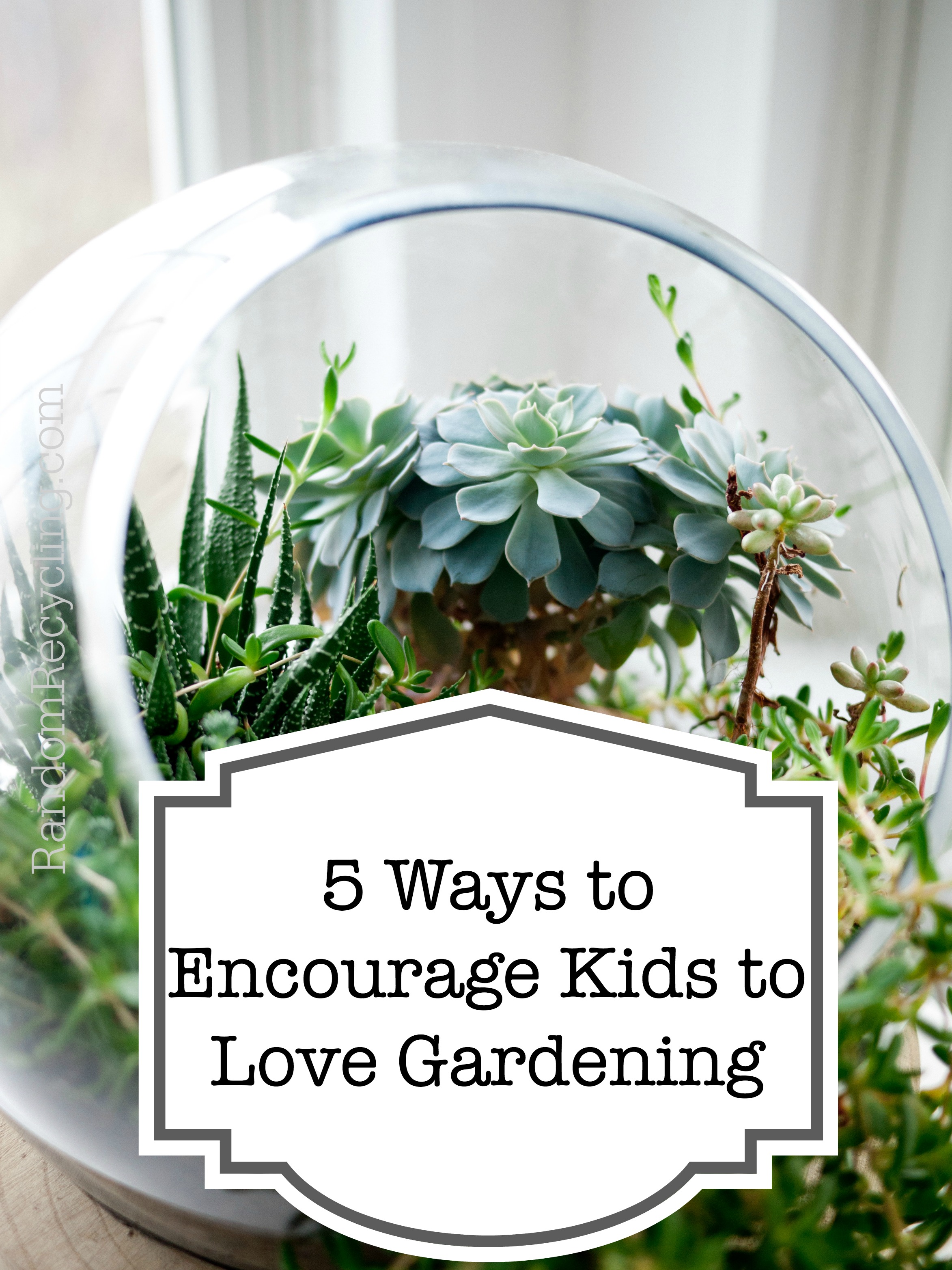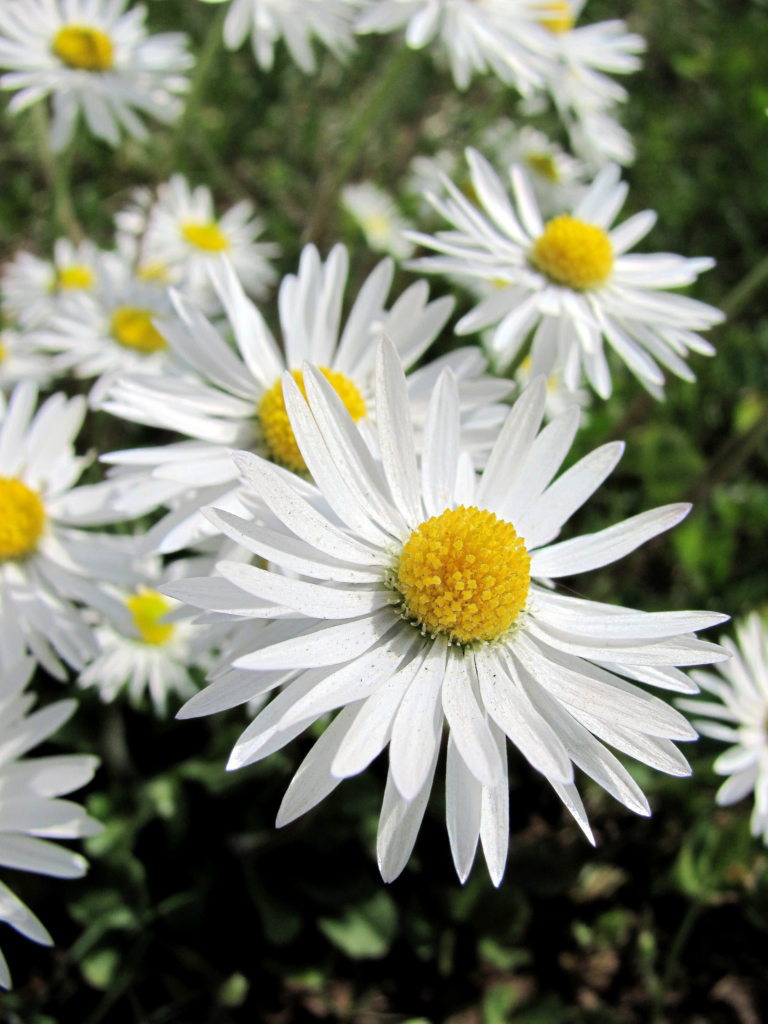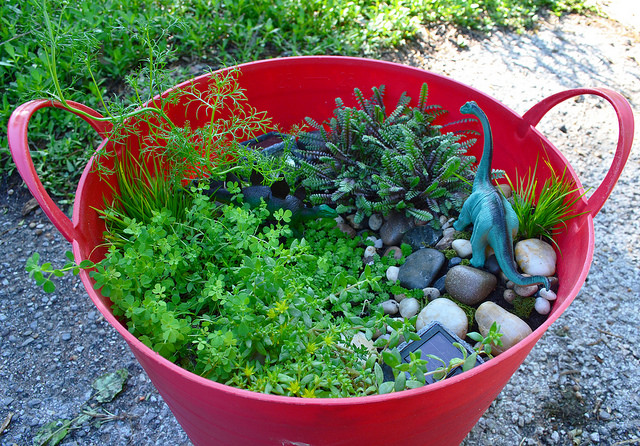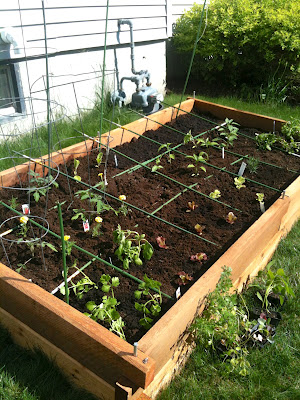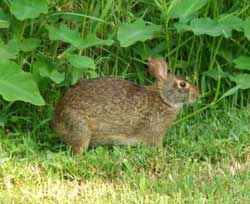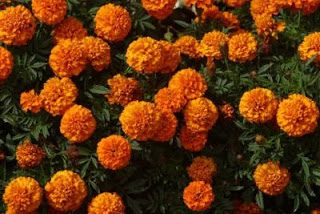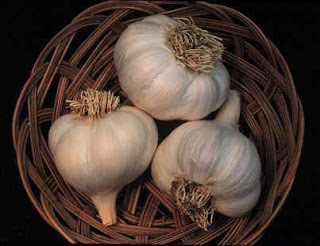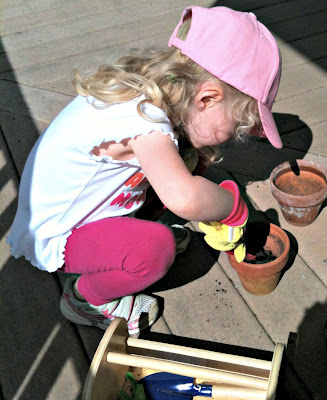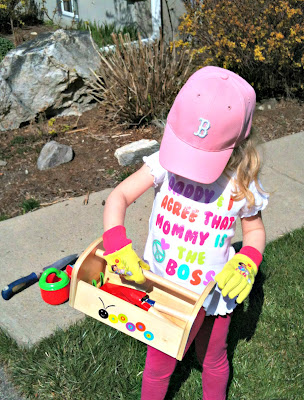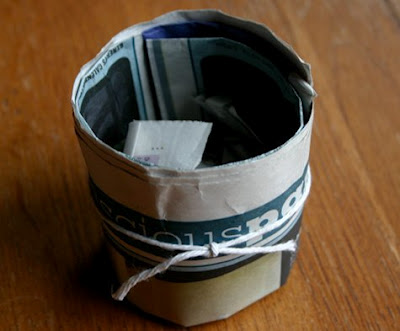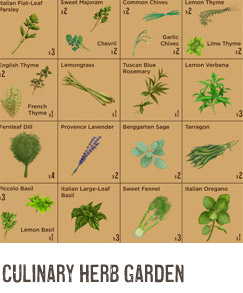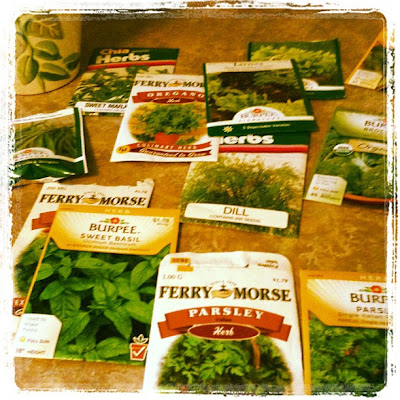It’s never too early to inspire children to love gardening.
As the seasons shift into spring, now is a great time to start planning your summer garden. There is no better way to teach children the connection between us and nature than gardening. Plant it, grow it, eat it. It’s so simple and easy to understand in a child’s eye. So how do we inspire a love of gardening in them at an early age?
1. Include Children in Choosing the Plants to Grow
The first step is to give the kids some control. All kids love to “own” things and you can start by letting them choose seed packets, or a special container to plant in. At our home, we have always limited our gardens to vegetables and herbs. This year I am choosing to follow this guideline and let our daughter plant flowers. I was impressed that she knew exactly what she wanted when we went to pick out some seeds. “White daisies.” So simple and so sweet.
Kids can choose their own seeds and plant them in “cow pots!” Have fun explaining to them what they are made of. (wink, wink) Just know you are being a little greener by skipping the plastic starting pots.
2. Choose Fast Growing Plants
Radishes may not be every child’s favorite vegetable, but they will love to grow them. They have a seed to table time of about 22 days which is amazing. Cherry Bomb is a common spring variety and the key is to grow them before it gets too hot outside. The fresher they are, the less spicy they taste! Serve them with some ranch dressing to cool down any heat and you may have a new veggie to stash in the kids lunch box.
Radish seeds can be tucked in among other early spring plants like broccoli and spinach. The radishes will already be ready to harvest when the other plants need a little more growing space. Staggering the harvest time is more exciting for kids as there will always be something new to look forward to.
Alternatively, skip the seeds and go straight for the seedlings. It’s almost foolproof to just plop a seedling in the ground, water it, then watch it grow. There are often too many of one kind of plant in the seedling trays so partner up with some neighbors and make a trade or two.
3. Create a Growing Chart
Kids love to track things on a chart. Let’s move beyond potty training stickers and get out a ruler and measure some of the fun plants you choose to grow. You can also print out a calendar page and have kids draw out when each new action occurs. One day will be planting seeds, another the first seedlings, then the flowers and so on. Create a competition among siblings or neighbors and see which plants are growing the fastest!
4. Start Seeds Inside to Extend the Growing Season
With winter lingering here around Boston, and our raised beds covered in snow, we are starting seeds inside this year. Either go with the cow pots or a seed starting kit. This Indoor Garden kit is kid-friendly and includes 3 different seeds to grow: teddy bear sunflower, basil and zinnia. We already started seeds inside and the kids love to see how much higher they are every morning!
5. Give Kids Their Own Garden (or Container)
Our little girl has already placed a claim on her own raised bed this year to be used for flowers only. I think it’s adorable and love how excited she is to plan it. When the weather is warmer and we get the seeds in the ground, we can use the time to make our own labels for the flowers, and reread Miss Rumphius (or The Lupine Lady), one of our family favorites. If space doesn’t allow for a garden, see if there is a home for the kids to put their own large pot on a front step. Let them decorate it and make it their own.
There is also a fun trend of creating a themed pot. I love how entertaining the Fairy Gardens can be as it’s open-ended with what you can include. I also came across this idea for a Dino Pot and thought it was awesome! I’m so curious to try out this “Garden Pirate” idea from Climate Store as well. You get to create seed bombs and then then tuck them into fun spots around the yard.
As your child gets more connected with nature, it becomes even easier to teach concepts like Reduce, Reuse and Recycle. With Earth Day this month, now is a great time to kick off these discussions if they haven’t been happening in your home. While you are outside, talk about other ways to preserve natural resources. You can set up a rain barrel near a garden to help water the growing plants. Got a place for a compost bin? They are so sophisticated these days, and discreet, that most people can find a tidy home for a compost bin to create their own rich soil.
How else can you encourage your kids to enjoy gardening this season? Happy planting.
 Disclosure: I am a partner with ClimateStore.com and compensated for my time. I only suggest products I believe in. All opinions are my own. If you want to learn more about climate change and what it means to your family, I suggest you start here and learn about the first steps you can take. As we celebrate Earth Month, now is a great time to have conversations about climate change with your family. Please share in the comments any questions you have about taking first steps to reduce your carbon footprint.
Disclosure: I am a partner with ClimateStore.com and compensated for my time. I only suggest products I believe in. All opinions are my own. If you want to learn more about climate change and what it means to your family, I suggest you start here and learn about the first steps you can take. As we celebrate Earth Month, now is a great time to have conversations about climate change with your family. Please share in the comments any questions you have about taking first steps to reduce your carbon footprint.

